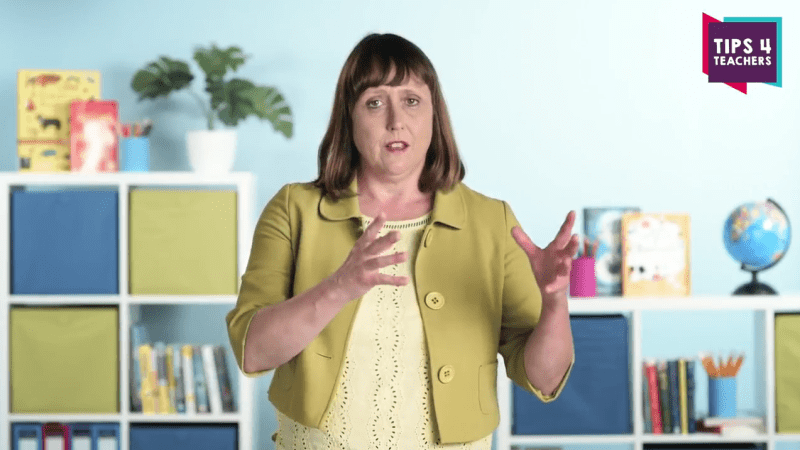How our school created an inclusive, supportive environment
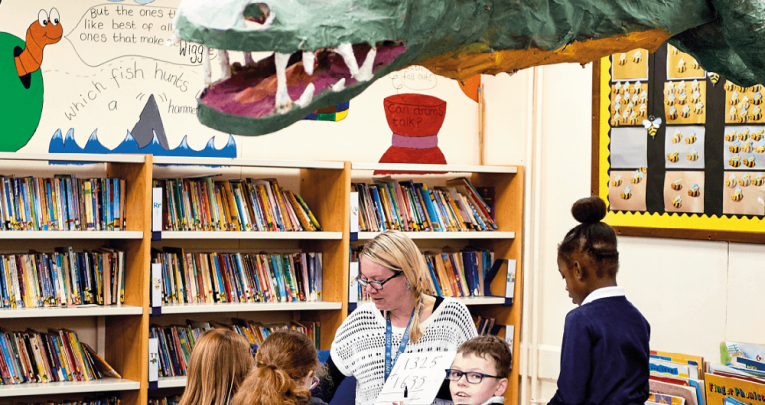
Hook Lane Primary in Bexley, Kent, is pulling together to offer creativity and inclusivity…

- by Teachwire
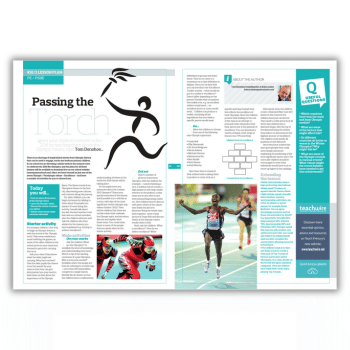
I couldn’t help but notice it: a big, red, London bus in the playground of Hook Lane Primary School in Bexley, Kent – obviously a recent arrival since it was sporting a poster for the latest Quentin Tarrantino blockbuster. Had a TfL driver got lost?
Apparently not. “That’s our new project,” explains headteacher Natalie Cummings. “It arrived in the summer. It’s going to be a reading bus.”
Suddenly, it makes sense. “We wanted something to drive collaboration with parents.” (Natalie’s smile suggests the pun is very much intended.) “We’ve got quite a few parents interested to come in and do it up and customise it so we can get children in there and sit comfortably to work and read.”
Hook Lane has the immediate feel of a good school – and its last two Ofsted judgements chime with that. As deputy head Joy Sheekey observes: “We haven’t got a ‘pull them up by their bootstraps’ story, because we’ve been consistent.”
But consistency itself is no mean feat – especially when you consider Natalie took the reins of this two-form entry school of 420 pupils (plus 26 in the nursery) just three years ago.
“It’s been a case of bringing fresh eyes to the school and renewed energy,” she explains.
“The previous head had been here for 10 years and was retiring, so there’s a natural wind-down in those situations, I think. The first job was to get to know everybody, and get to know where the strengths were in the school, looking at the senior leadership and setting up a school improvement agenda so we could move forward.”
Ofsted came knocking just seven weeks into Natalie’s tenure.
Many heads might have been cursing their luck, but she saw it as a blessing.
“It was a good opportunity to get to know Joy, and my assistant head, Danielle Kelly. They’re fantastic and they’ve been in the school for many years and know it inside out. It galvanised the top tier of the SLT early on and really got the conversation going, so it was quite timely, really. And we maintained our ‘good’ status, too.”
So what was the plan of action for the new head? “It was very much putting standards on the agenda,” says Natalie. “Pupil progress across key stages, looking at pupils within the school as individuals, trying to hone in on the children who aren’t quite getting to where they’re expected to be.”
Hook Lane prides itself on its creativity – something that Natalie says was apparent on her very first walk-round. “That appealed to me,” she says, “because that’s what primary education is all about.
We do a big focus on topic work and cross-curricular learning to deepen children’s understanding of different subjects.”
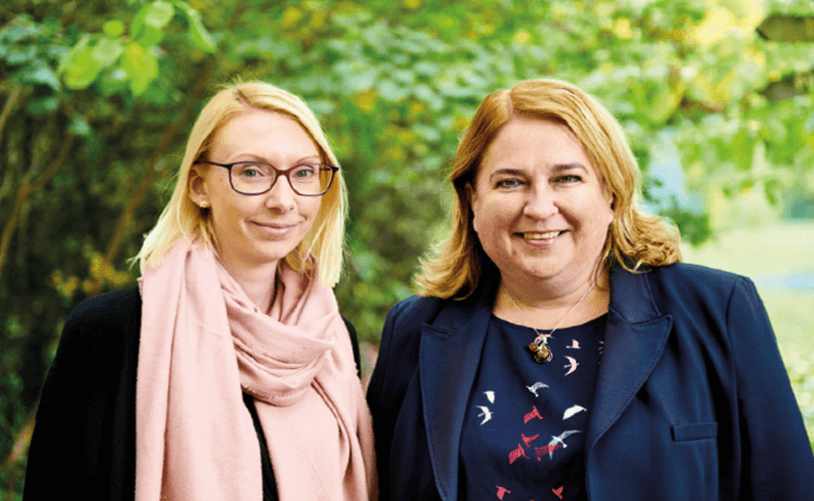 Name: Hook Lane Primary School
Headteacher: Natalie Cummings (right)
Deputy head: Joy Sheekey (left)
Location: Bexley, Kent
Ofsted rating: Good
Size: Approx 420 pupils
Extra info: Belongs to the Maritime Academy Trust
Name: Hook Lane Primary School
Headteacher: Natalie Cummings (right)
Deputy head: Joy Sheekey (left)
Location: Bexley, Kent
Ofsted rating: Good
Size: Approx 420 pupils
Extra info: Belongs to the Maritime Academy Trust
1 | Happiness
“We like to take a holistic approach,” says Joy. “Our children’s happiness and wellbeing are hugely important. It’s something that visitors comment on when they come in. Our kids are happy to be here and come into school, our staff are happy here and there’s a real sense of community. If children feel safe and that their needs are being met, they’re going to learn well.”
Natalie says the happiness of the children is apparent. “I stand at the gate every morning and they run in. They’re really keen. They’re excited about what they’re going to be learning about. The teachers also really enjoy working here and it has a knock-on effect.”
That last point is key, says Joy. “If you’ve got staff who pull up in the car park with butterflies in their tummy, they’re not going to be able to enjoy their day with the children, and the children won’t be able to enjoy their day with their teacher. It really does have to start there. We’re lucky because our teachers get on really well.”
One of the major factors in maintaining that happiness in staff was looking at workload and making sure teachers didn’t have to stay “squirrelled away in their classrooms”.
Joy explains: “They’ve got time to talk. And that’s not just about downtime and sitting around and having a chat. It means they’ve got time to share ideas. That’s where the good stuff happens, through professional dialogue.
‘Sometimes you can’t do that from meetings or sitting around a table. Sometimes it’s being able to talk about your problems, what went well, what didn’t, and so on.”
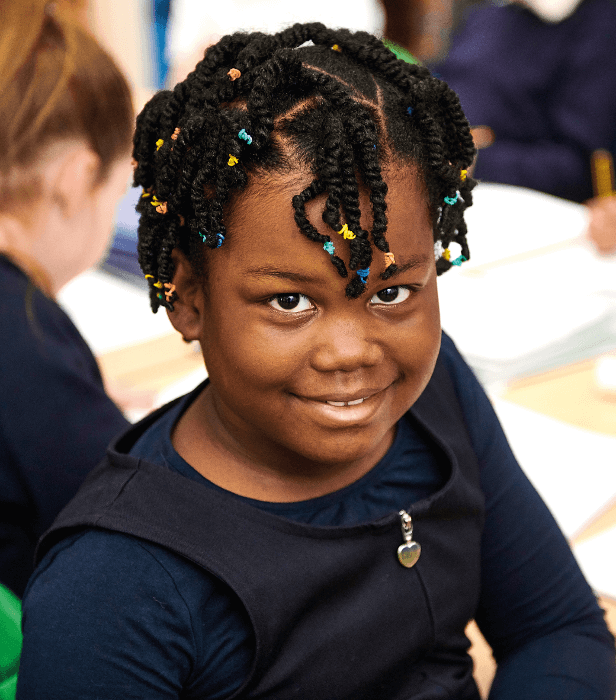
So how does Hook Lane keep a check on workload? “I try and teach,” says Joy. “I teach maths every day. That helps a little bit because you’re seeing what marking workload is like and things like that.
‘I came up through the ranks and I’ve been deputy for three and a bit years now. So a lot of the teachers are my friends as well as my colleagues, so I think I’ve got that relationship where people will be comfortable in saying if things are too much, and if so, we will address things.”
Flexibility goes a long way. Natalie points out that if staff are listened to and SLT try their best to make workload reasonable, then staff don’t mind going the extra mile when it’s needed.
“It’s a very supportive environment,” says the head.
Joy agrees, and adds: “It’s not always top-down. A lot of our teachers will go to conferences on a Saturday, or they follow Twitter or Facebook forums and they will come in with ideas they’ve found.”
This, she says, protects the school from becoming too insular. “It’s not about how we’ve always done it. We look at what else is going on and the national picture.”
Natalie takes pride in the fact that pupil behaviour is one of the school’s strengths – as was the case when she first arrived. “That gives you a good grounding to push learning on,” she says.
But it’s worth pointing out that the aforementioned consistency has been achieved with a different style of headship to her predecessor – which, Natalie admits, caused a few bumps in the road early on.
“I’m a great believer in having regular walk-rounds, for example, popping into classes,” she explains. “But because the previous head didn’t do it, the staff wanted to know why I was doing it. So they came and spoke to me and I explained, and the more I did it, and got them to do it too, the more they got used to it.”
A prime example of the collaborative culture at Hook Lane is the system of peer mentoring, where staff get together in threes and twos and talk about what they’d like to develop in their practice. “They get good experiences from each other and find out what works well,” says Natalie.
2 | Inclusivity
Hook Lane has a mix of parents and families. “We’ve got lots of families who maybe haven’t come from an academic background but are doing very well for themselves, thank you very much!” says Natalie.
“We’re finding more EAL families joining us now, Eastern European families and so on. And the challenge is, children will come with no English – children of all ages.
‘When they go into Reception you have that time to build language up, but we’ve had them join in Y6 too, so that’s a challenge. But we’re a very inclusive school and we’re very good at supporting the needs of those families.”
A key part of the school’s ongoing narrative is its growing SEN provision.
Joy explains: “We have an ASD resource provision that opened in 2012 and has progressively grown over the years. It really does its job well so we’ve become known as an inclusive school. We get a lot of SEN children into our school, which is wonderful but it’s also a challenge.”
All the children who are part of the provision are part of the mainstream classroom as well. “So it’s very tailored to individual children,” says Joy.
“Some of them access their class for the register and the low-key part of the day and are mostly in the provision for their learning, and some of the children are mostly in the class for their learning and access the provision for things like social skills groups, therapy and an understanding of their condition. There are individual timetables and things like that.”
3 | New era
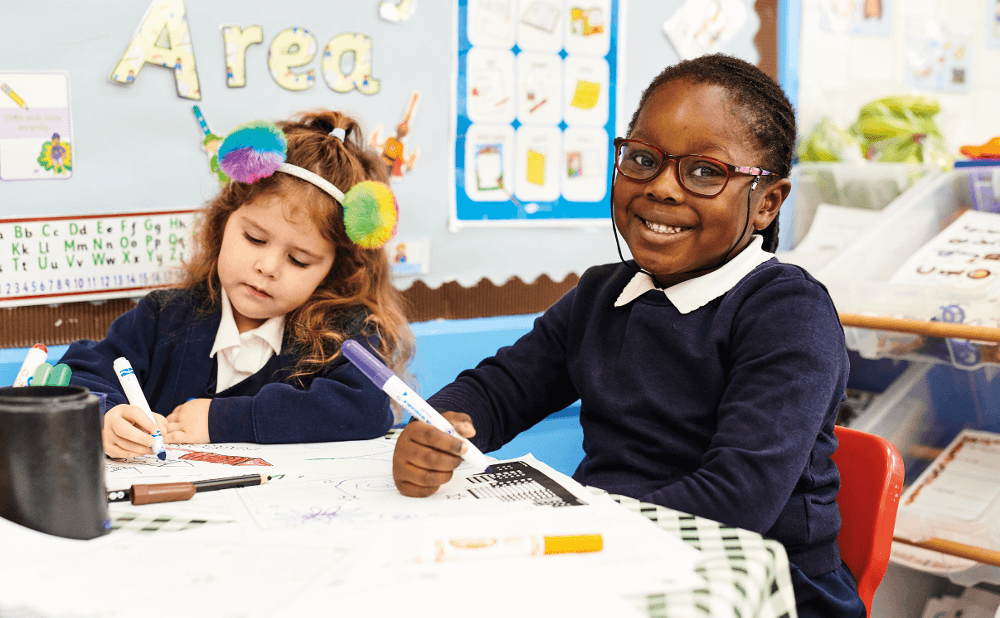
While consistency has been the big achievement at Hook Lane, a big change has recently taken place, with the school becoming a member of the Maritime Academy Trust.
The decision, says Natalie, was driven by governors and SLT, and the culmination of a long process. “We liked what we heard and they have a similar mindset around the creative curriculum,” explains the head.
“So we went on the journey of visiting the schools in the trust and talking to Nick Osborne, the CEO, and we just thought this was a group of schools we could fit well with.”
Joy points to the opportunities this new era will bring. “We’ll now have more options for formalised staff training, and there’s that expectation in the trust for collaboration. It’s a really important thing to them. We can share ideas and we’re all in it together.”
4 | Creativity
As Natalie mentioned, the trust’s philosophy around curriculum was a significant factor in the decision to join, and Hook Lane is firmly in favour of creativity.
Joy explains: “It’s about going beyond English and maths skills. Yes, English and maths is of course important, but we can’t do that at the expense of ensuring the children have an entitlement to the wider curriculum, with arts and humanities and so on.”
Forging strong links between subjects across that curriculum is key. “We don’t make tenuous connections,” says Joy. “Where there are true links, learning and knowledge become more embedded.
‘We’ve introduced Power of Reading, but we don’t follow the scheme per se. We enable teachers to choose their texts so they fit with geography or history or science work for that term so, again, links can be found through the curriculum. And that helps with time-tabling because, let’s face it, we’ve only got so many hours in the day to do it all.”
The school has also set out to raise the profile of art and music. The latter has always featured heavily as an extracurricular activity, but there has been a deliberate effort to increase the confidence and ability of staff to teach music in their own classes.
One of the ways that was done was to arrange whole-school performances, where everyone was working on a particular aspect within a theme, and then coming together for one big assembly.
A nascent feature at Hook Lane since joining the MAT has been an involvement in ‘big outcomes’.
Joy explains: “For one half term, each year group chooses whatever topic they find most exciting for the children or where there’s most cross-curricular links. And then they run a ‘big outcome’ at the end of that topic, inviting all the parents. The children work on how they want to present all of the information they’ve learned.”
While Hook Lane has only been a member of the MAT since September, the first ‘big outcome’ took place just before the October half-term break, where the theme was the circulatory system. And it was a big success, reports Joy.
“They were dissecting hearts and showing their parents, they had a skipping event and they were talking about heart health, they had a midwife come in and help them take people’s blood pressure, and they also had displays of their work that their parents could look at, and finally ran a quiz at the end to see what the parents had learnt.
‘What was lovely about that was that so many parents came in. We had far more uptake for that than we’d ever had for a class assembly or workshop.”
So big outcomes are now part of the Hook Lane way, which is summarised as ‘encouraging fearless learners’. “We take that across everything we do,” says Natalie.
“It’s a brave new world sometimes, trying things out. But things change and you’ve got to change with them to make sure your practice is up to date and the children are having the most exciting experience they can have.”
5 ideas to magpie from Hook Lane Primary
- Monitor children’s happiness at registration. When children arrive in the morning and after lunch, they give their teacher a number on a scale of 1 to 5 to denote their happiness, with 1 being the highest. This enables the teacher to address any concerns.
Pupil voice
Avni
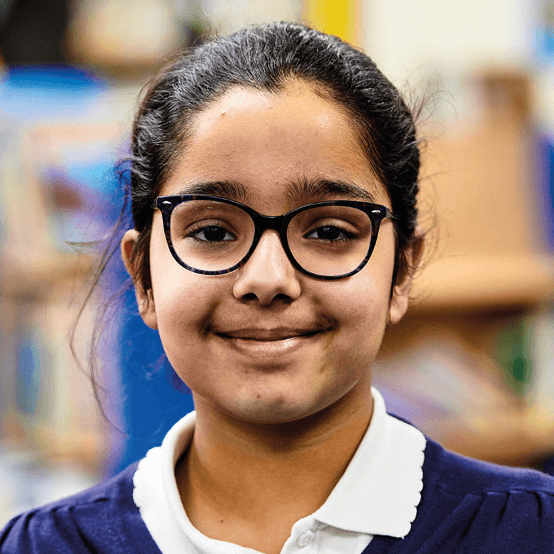 I really like being creative. I like drawing best because it’s less messy and there’s less to clear up. When we were studying Big Heart Boy we drew hearts. Some people did them realistic and some did them colourfully.
I really like being creative. I like drawing best because it’s less messy and there’s less to clear up. When we were studying Big Heart Boy we drew hearts. Some people did them realistic and some did them colourfully.
Finley  What I like most about this school is that all the teachers make the lessons fun. We also have fun at breaktime and play football. I’m a member of school council and we raise money for things like Children in Need.
What I like most about this school is that all the teachers make the lessons fun. We also have fun at breaktime and play football. I’m a member of school council and we raise money for things like Children in Need.
Jack
 When you’re in lessons you can get help if you’re stuck. The teachers are always looking round to see if anyone needs anything. My favourite subject is PE, especially football, but we don’t stick to just one sport.
When you’re in lessons you can get help if you’re stuck. The teachers are always looking round to see if anyone needs anything. My favourite subject is PE, especially football, but we don’t stick to just one sport.
Tabitha
 All of the teachers are really nice. You don’t feel scared of them. Everyone really likes each other. I know some of the younger children and they’re not scared of the older ones, even though we’re like giants to them.
All of the teachers are really nice. You don’t feel scared of them. Everyone really likes each other. I know some of the younger children and they’re not scared of the older ones, even though we’re like giants to them.
Meet the staff
Kerry Cheeseman, ASD lead
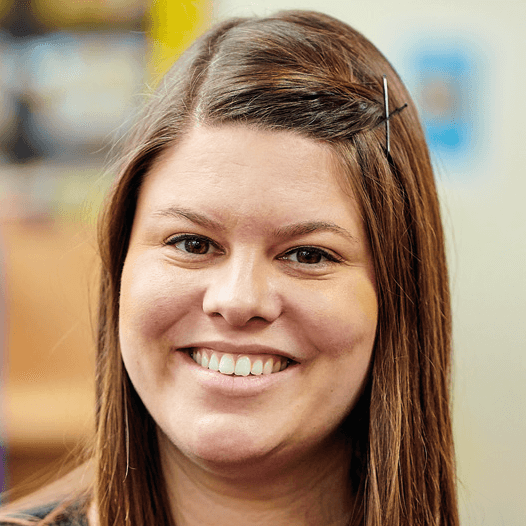 I’ve been here for seven years, leading the provision from when it started. The inclusivity of the school is what really makes it stand out, not just for the children but for the staff as well. We have children with barriers, whether it’s SEN or EAL, and the teachers are really creative so they can include all of them.
I’ve been here for seven years, leading the provision from when it started. The inclusivity of the school is what really makes it stand out, not just for the children but for the staff as well. We have children with barriers, whether it’s SEN or EAL, and the teachers are really creative so they can include all of them.
Becky Ellery, maths lead & Y4 teacher
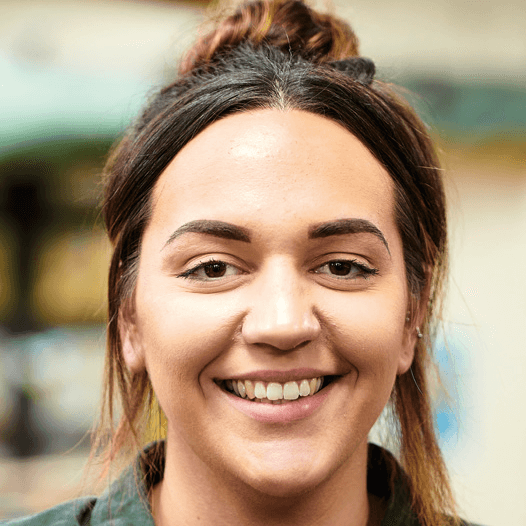 This is my third year here. I started as an NQT and did placements before that. We all work as a team and it’s a friendly and family-oriented school. We all really get along and support each other and if anyone’s having a bad day, you can just walk into the staff room and get picked up straight away.
This is my third year here. I started as an NQT and did placements before that. We all work as a team and it’s a friendly and family-oriented school. We all really get along and support each other and if anyone’s having a bad day, you can just walk into the staff room and get picked up straight away.
Carolyn Garratty, English lead & Y6 teacher
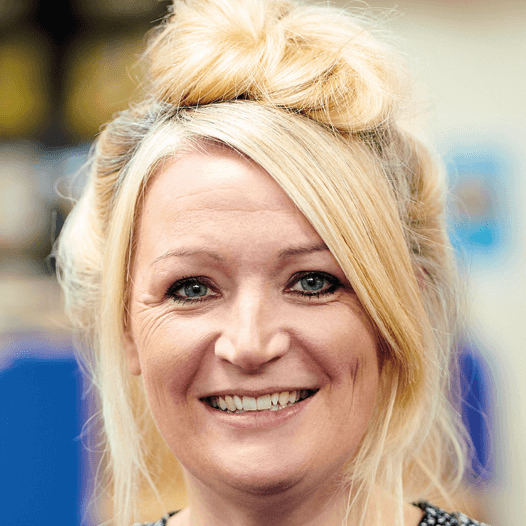 I’ve been teaching for 13 years at this school, having started as an NQT. I’ve mainly been working in KS2. I really appreciate the trust that the leadership give the teachers in being allowed to try new things and be as creative as they want to be. As long as we’re meeting objectives we can work in a range of ways.
I’ve been teaching for 13 years at this school, having started as an NQT. I’ve mainly been working in KS2. I really appreciate the trust that the leadership give the teachers in being allowed to try new things and be as creative as they want to be. As long as we’re meeting objectives we can work in a range of ways.
Jack Langsford, nursery & ICT lead
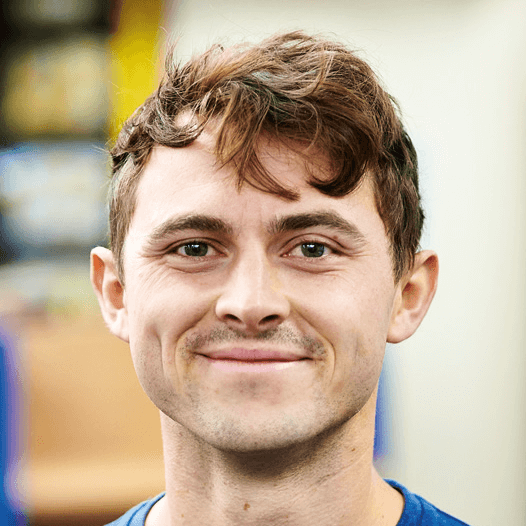 I’m coming up to two years here. I used to work at another school in the borough and got referred to a job here by my mum, who was in Y1. The trust doesn’t just apply to the adults. The children are able to take ownership and take the lead with things like Change4Life. It’s extremely tight and all hands on deck.
I’m coming up to two years here. I used to work at another school in the borough and got referred to a job here by my mum, who was in Y1. The trust doesn’t just apply to the adults. The children are able to take ownership and take the lead with things like Change4Life. It’s extremely tight and all hands on deck.







